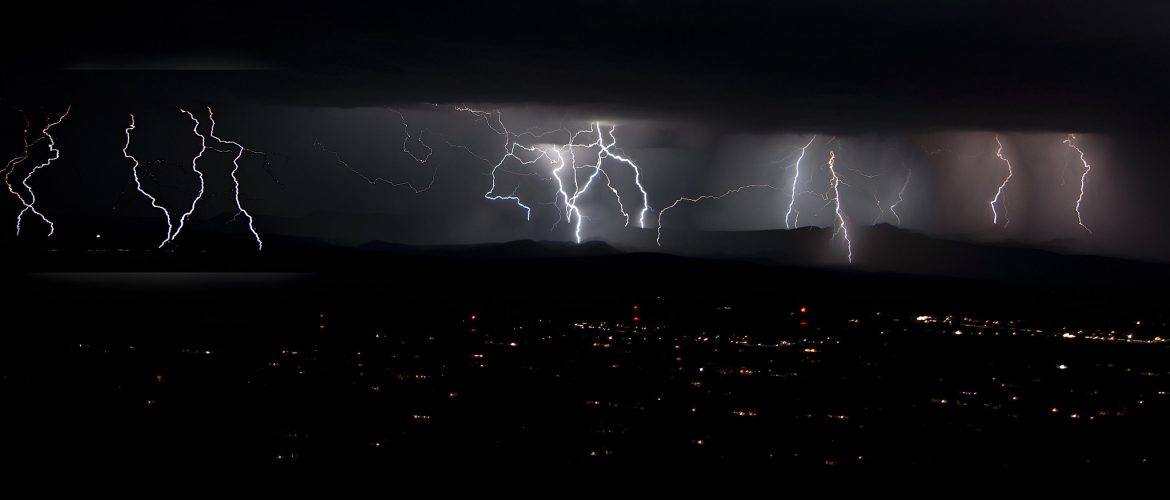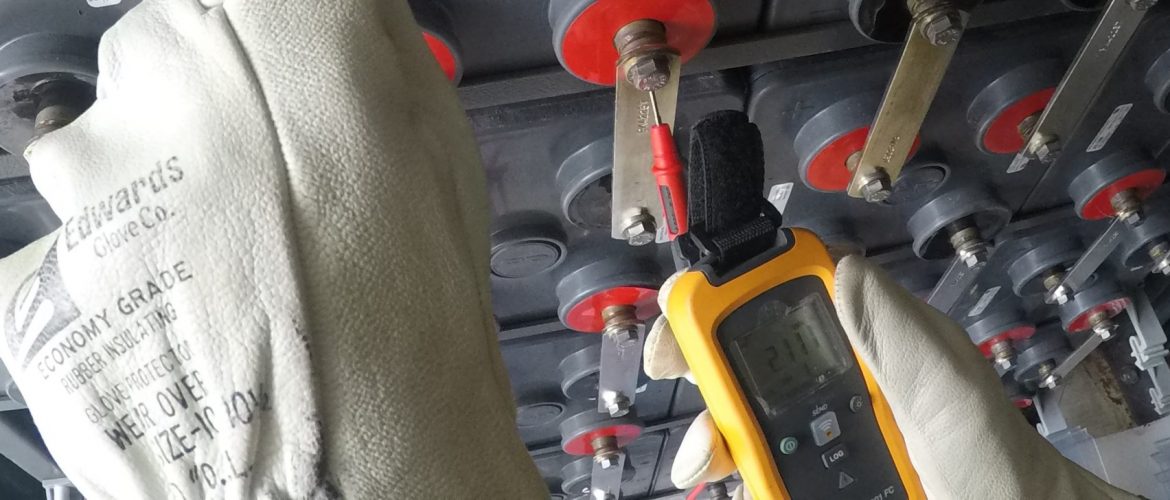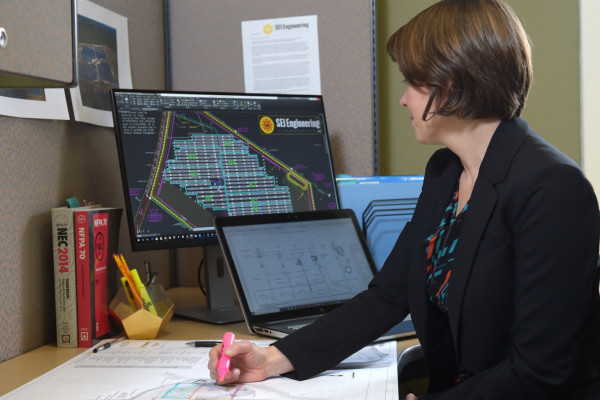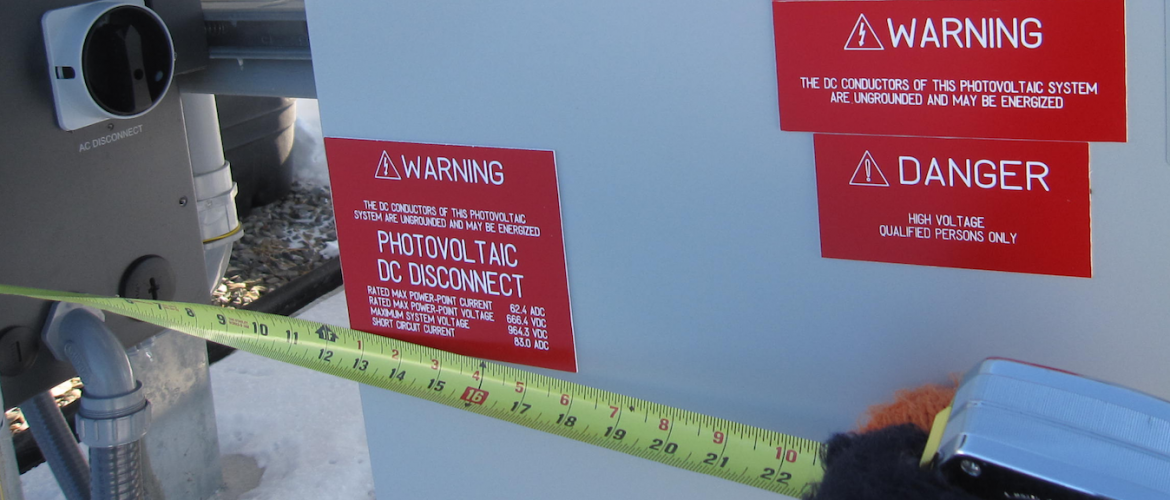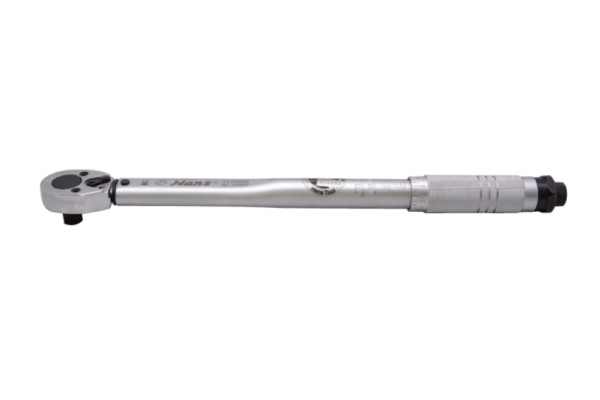SEIPS Tech Tips: Job Site Lightning Safety Considerations for Solar Professionals by Brian Mehalic Summer is here and SEI Professional Services (SEIPS) is hard at work in the field on job sites all over the country. We are ramping up a ton of client work performing commissioning, inspections, and O&M on large-scale solar projects and thought lightning safety would be a timely topic. Severe weather is often a nuisance because it can delay or cancel field work – which causes
SEIPS Tech Tip: Snow Considerations and Design Criteria for Ground-Mount PV Projects By Jeff Ruppert, P.E. SEIPS – Chief Executive OfficerWith team members from all over the country, and even the world, SEIPS can say that we’ve worked on PV systems in many types of weather and climate. Now that we are deep into wintertime here in the northern hemisphere, appropriately we thought we’d share some thoughts on the various impacts that snow has on our PV system design decisions. We will
Meter Selection For Solar PV Systems by Joe Villacci – SEIPS Technical Manager Choosing the correct meter for electrical testing means paying close attention to the specifications of the meter, testing requirements, and site conditions. Functional options, voltage, current, and safety ratings can vary dramatically between meters, which can easily lead to inaccurate or false readings
Reducing Solar PV Costs Through Quality Assurance by Kyra Holt, Director of Engineering Developers in the solar PV industry face tough challenges as costs fluctuate in their capital expenditure column. In contrast, the most controllable item in their estimates can be the design and installation process itself, and specifically quality. Through a targeted quality campaign, costs can be controlled by implementing relatively small but important steps
Workspace Clearances For Solar PV Systems by Rebekah Hren – SEIPS Senior Technician and PV System Designer – Solar Energy International Principal, CMP-4 of the National Electrical Code Whether drafting an equipment layout for an engineered planset, physically mounting equipment, or inspecting and commissioning a solar PV system, it’s important to keep clearances in mind. Of course the first place to start is with National Electrical Code required workspace clearances, found in NEC Section 110.26 and Table 110.26(A)(1).
Torque Advice For PV Installers – One Grunt Or Two Grunts? by Brian Mehalic – SEIPS Senior Technician I inspect a lot of PV systems, and the most common problem I see is electrical connections not being properly tightened. This is by no means a PV-specific problem, attested to by the addition of Section 110.14(D) in the 2017 National Electrical Code. I’m paraphrasing here, but basically if the equipment specifies a torque value, you have to use a

